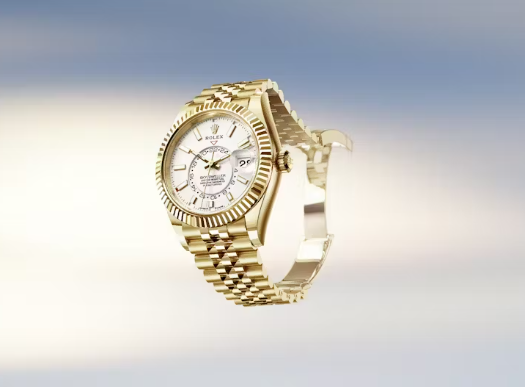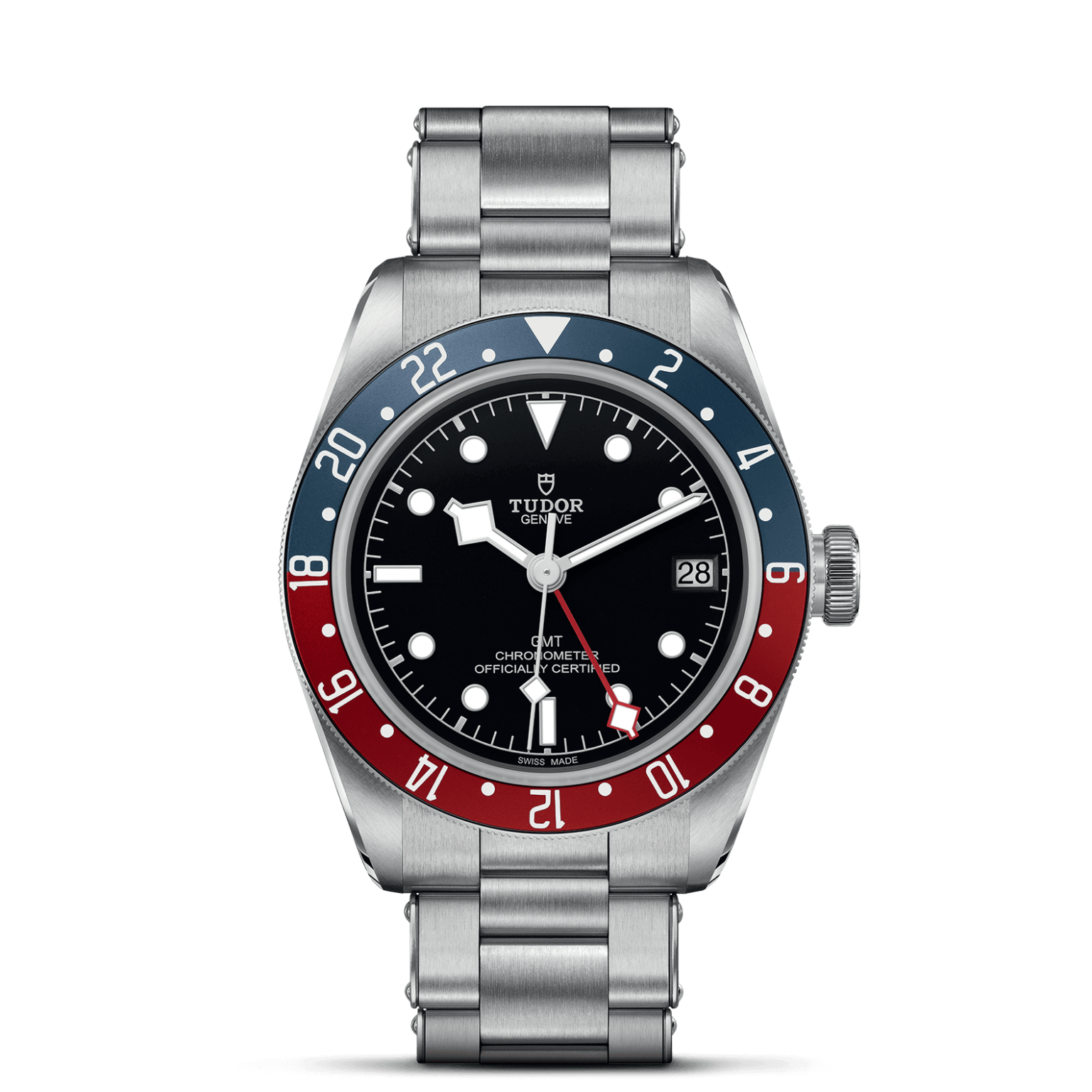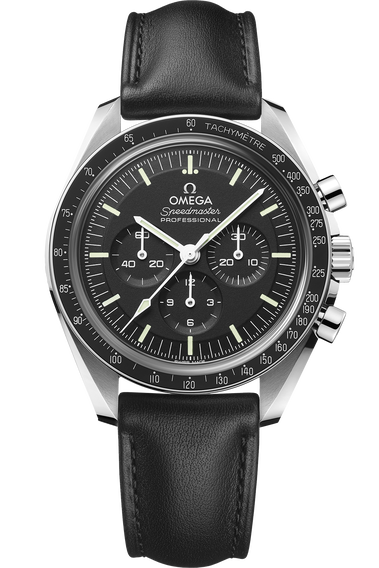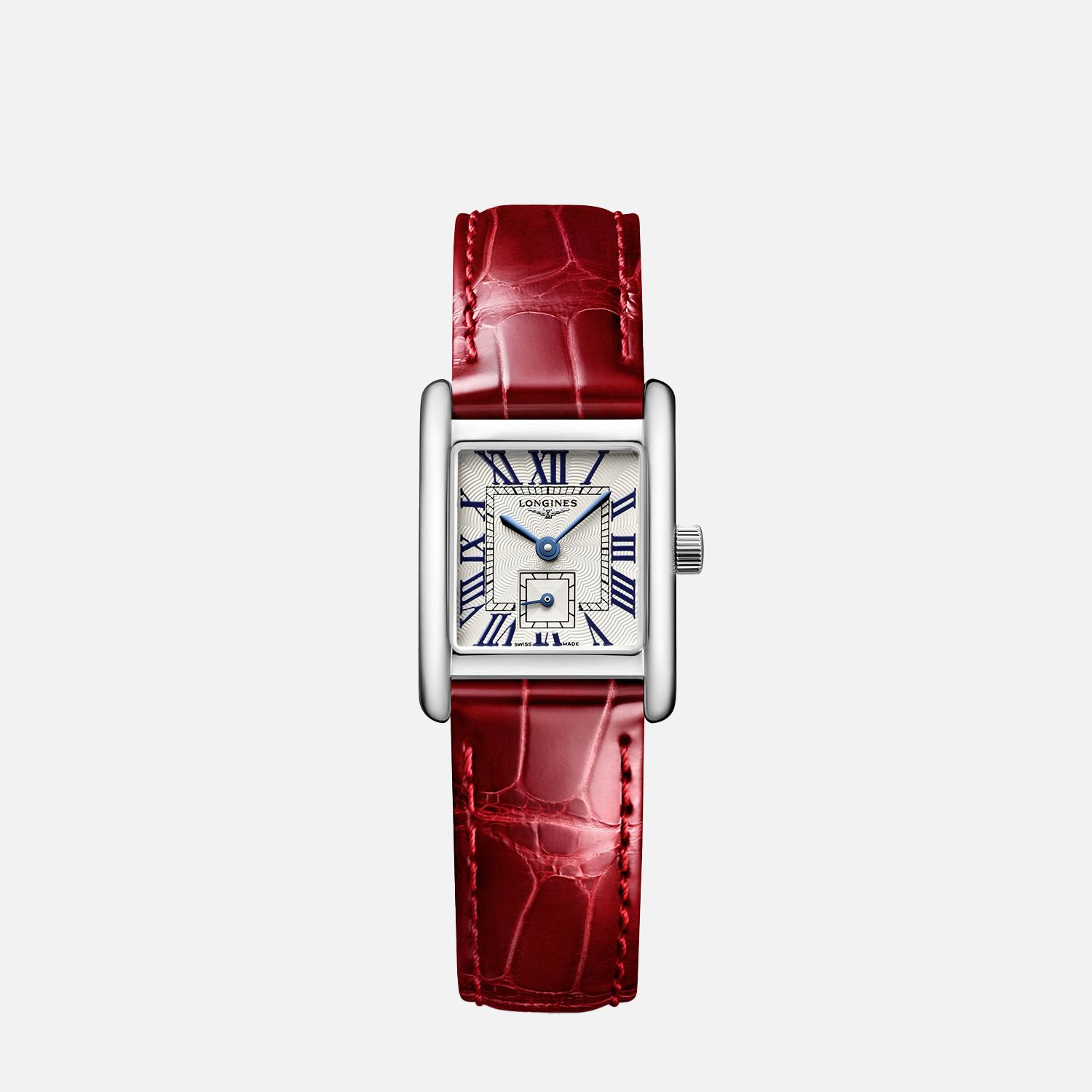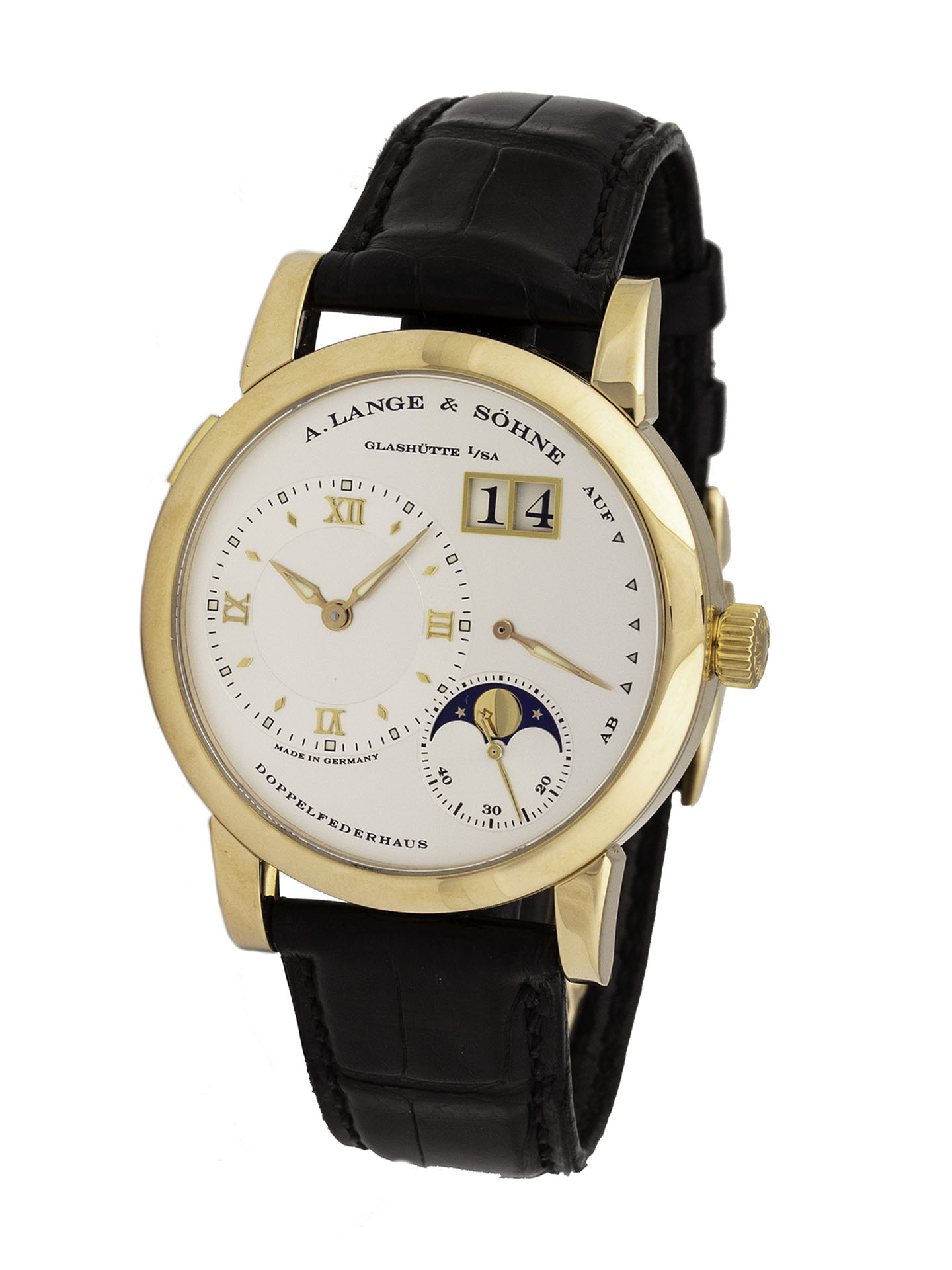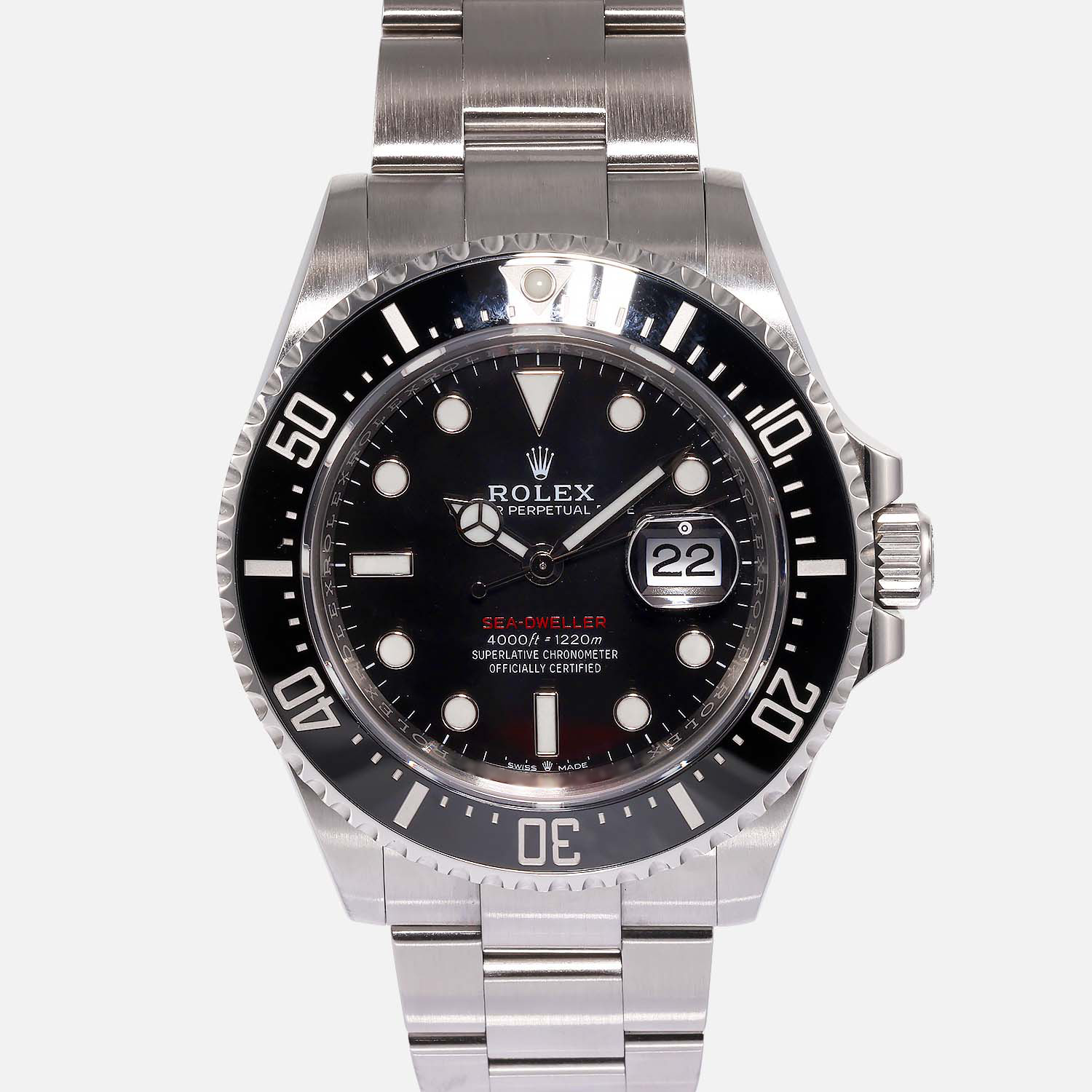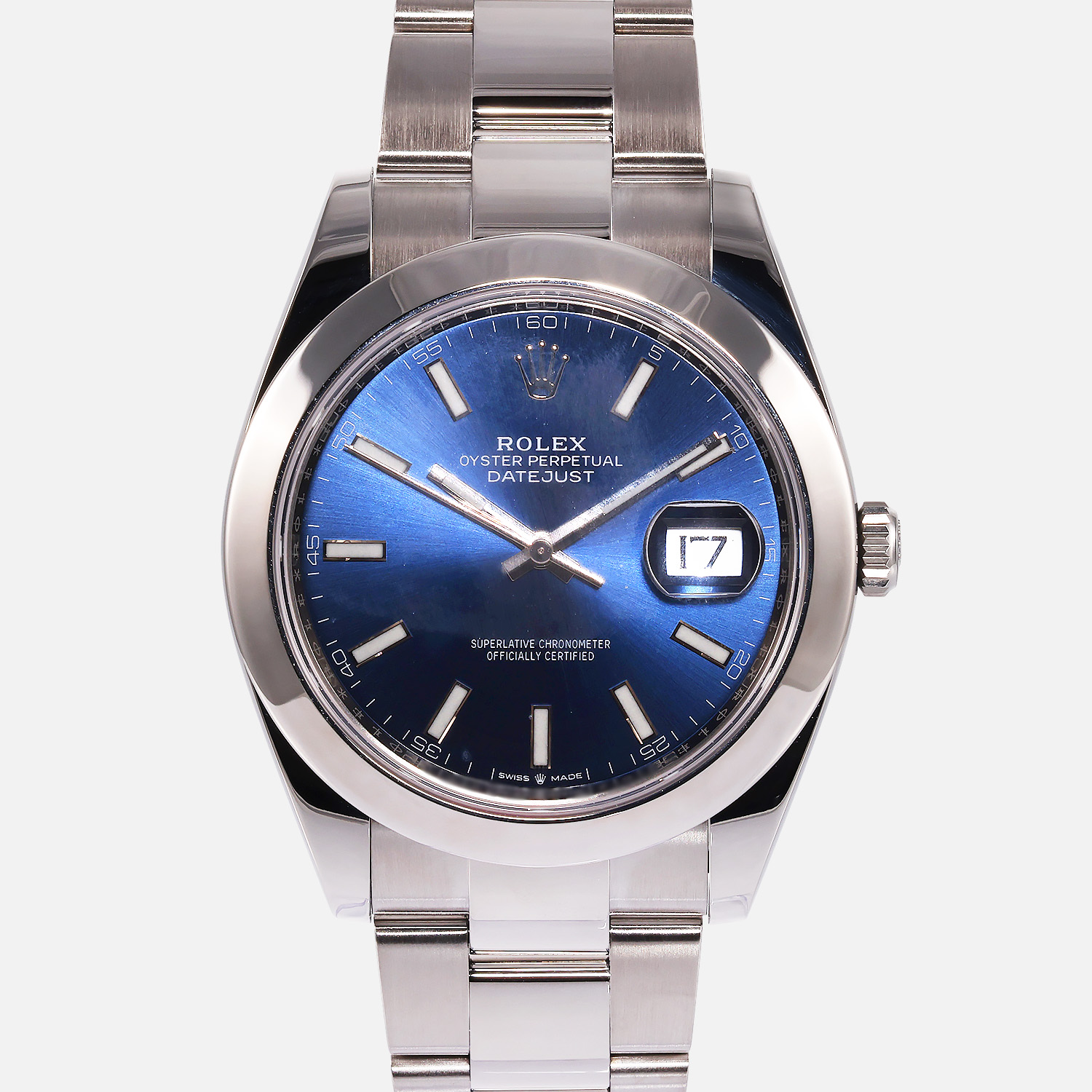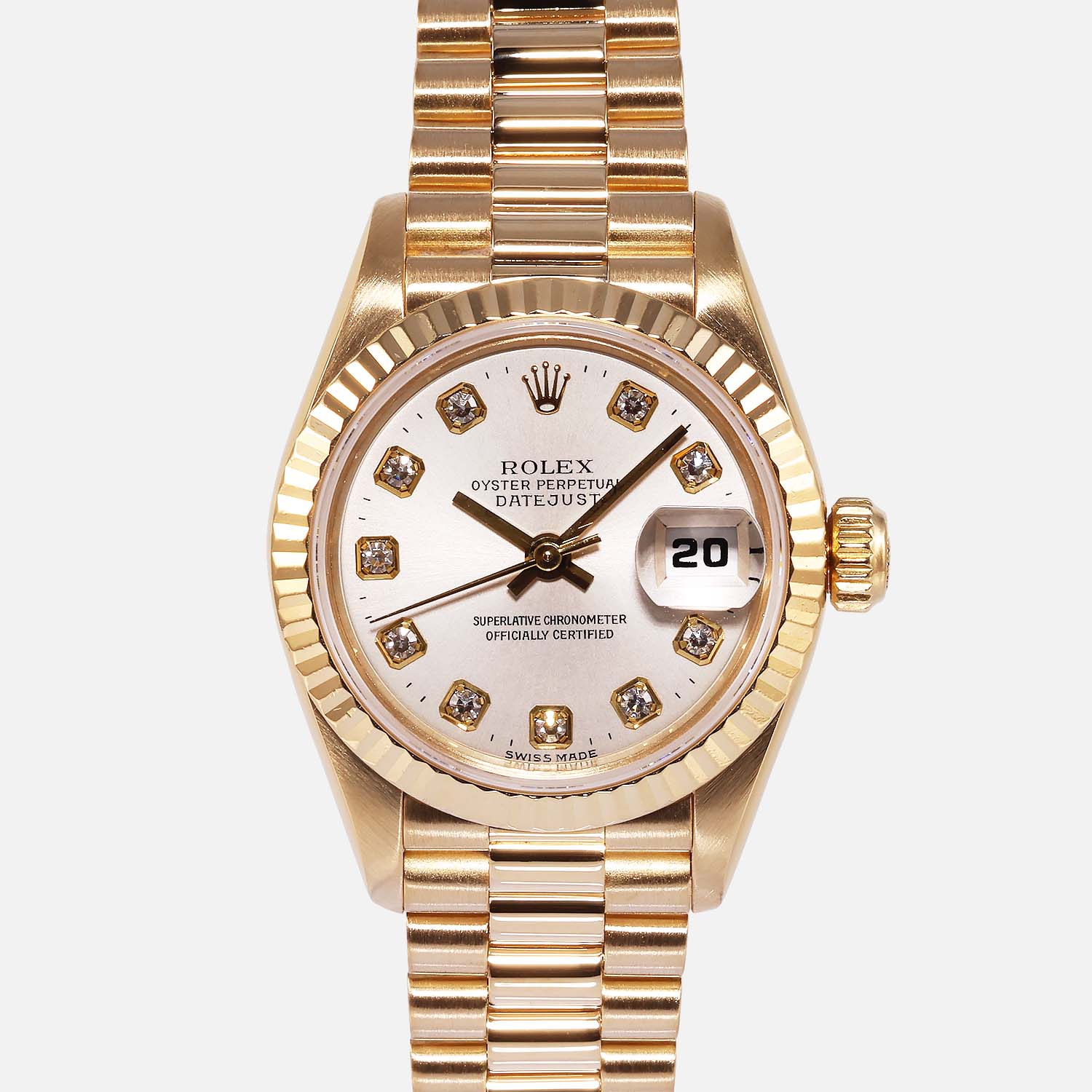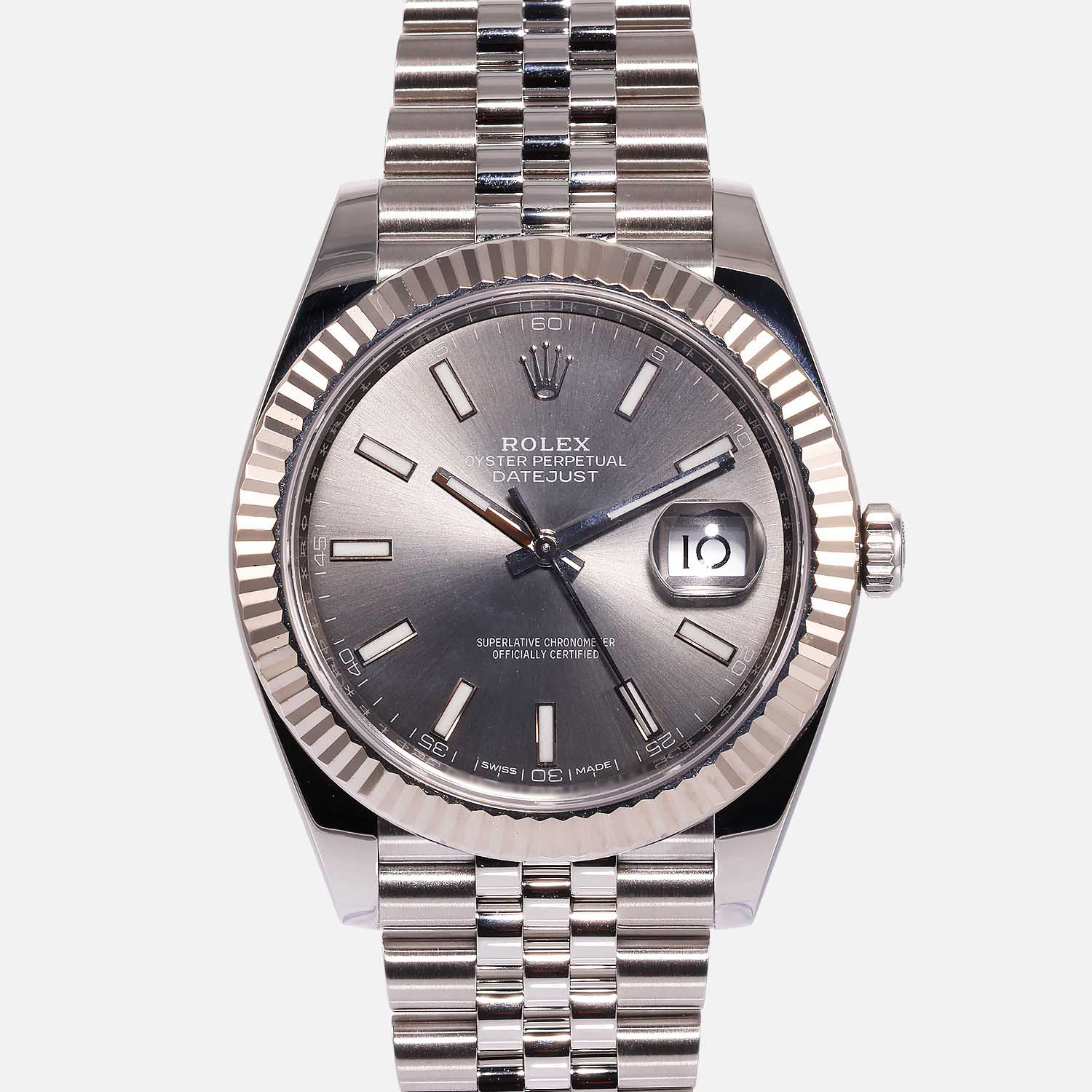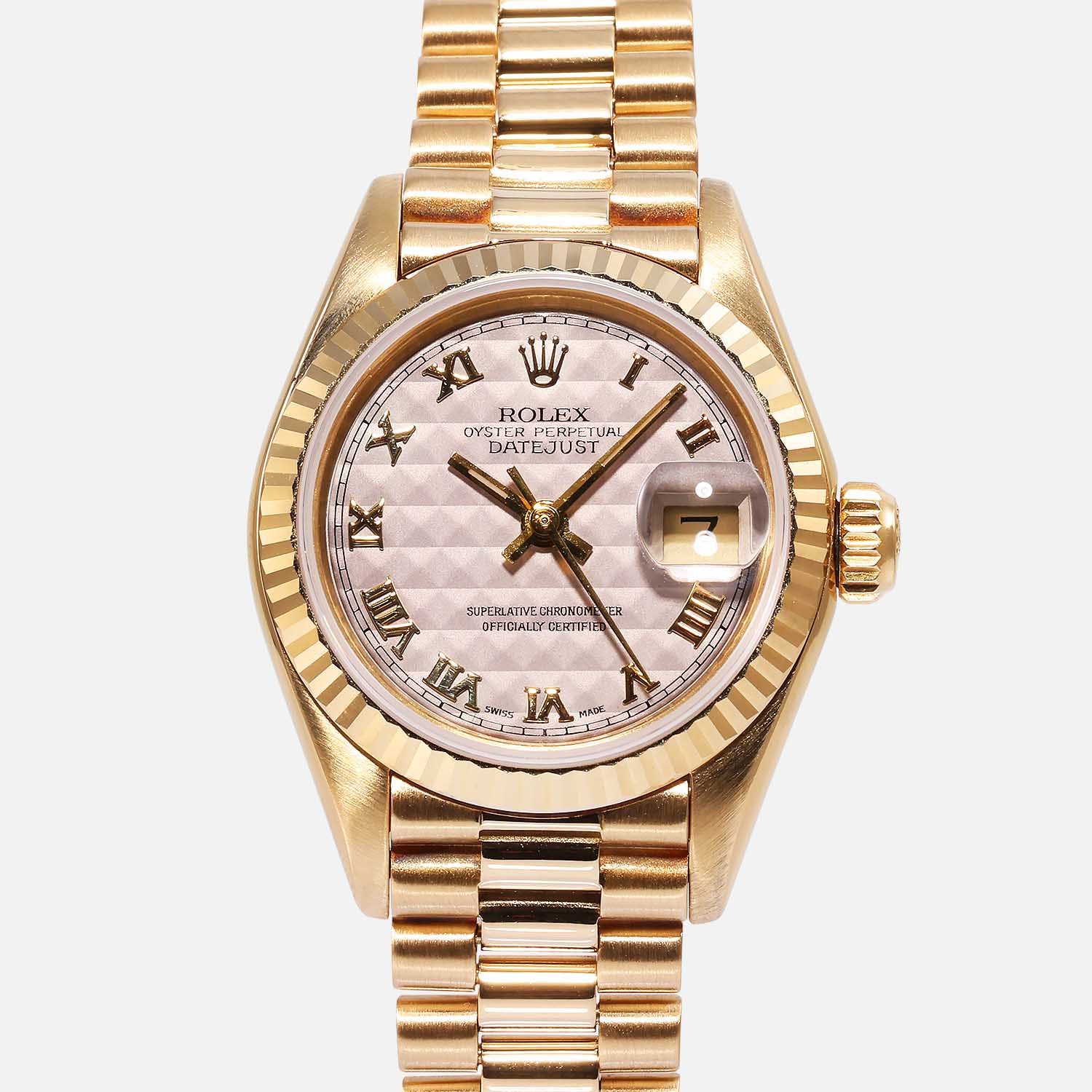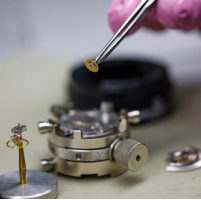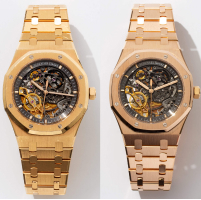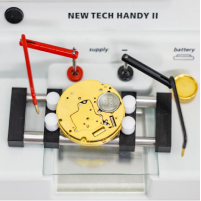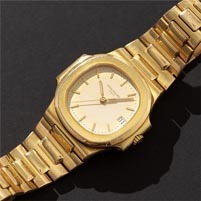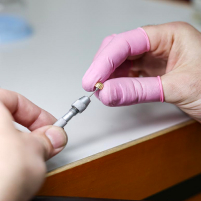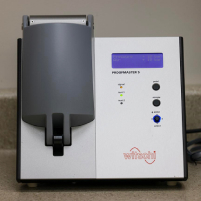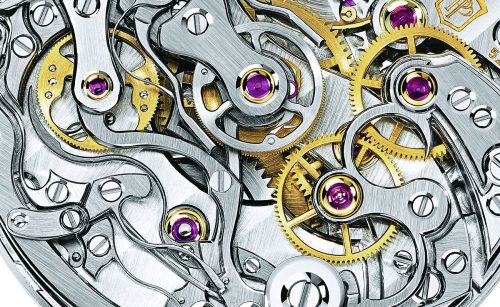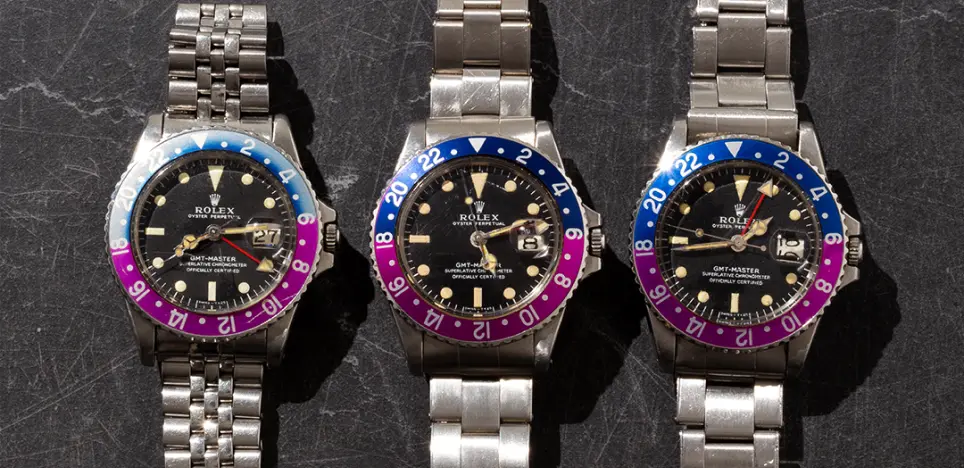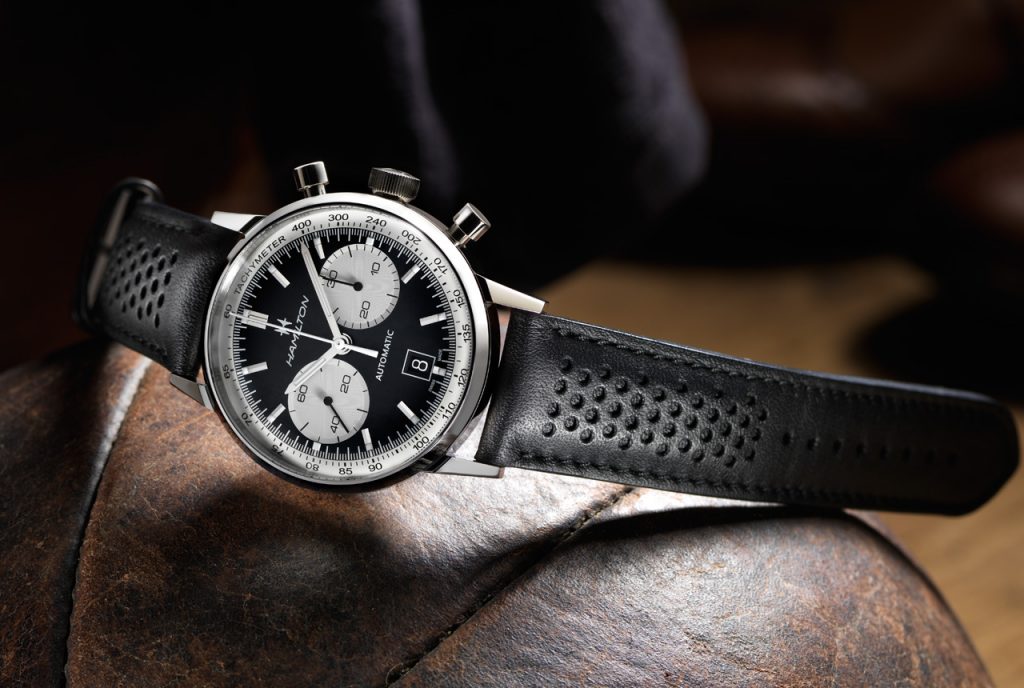What Are Jewels in Watches?
February 22, 2022These precious stones first made their foray into the craft of making timepieces to reduce friction and cut down on the wear and tear of regular functioning. But they’ve become something like an enthusiast’s obsession.
Learn the history of jewels in watches, why watchmakers fit them inside timepieces, and their purpose in this complete guide to jewels in watches.
What Do Jewels Do in Watches?
Watches are some of the most intricate and complicated pieces of technology globally. Hundreds of small, highly specific individual parts go into the making of a wristwatch that can fit snugly in the palm of your hand. Some watches have as many as 2800 individual components!
If you pry the face from the average watch, you can see all these moving parts at work. There is the ratchet wheel, the barrel bridge, the balance, the lever pilot, and so much more. There are also sometimes jewels, also known as jewel bearings.
Watchmakers first introduced jewel bearings into the inner workings of watches, also known as watch movements, to solve the problem of excess friction. All the individual moving pieces within watch movements are metal. All that metal grinding up on more metal isn’t good.
The inclusion of precious stones helped relieve the friction and tension that can build up between metal parts. These stones are tougher than metal, so they can withstand grinding, cranking, and scraping better than metal can. Jewels take the place of bearings in watches, acting as the pivot between two gears.
Types of Jewels Used in Watches
Hole Jewels
These types of bearing replacements are the most common inside watch movements. A hole jewel is custom-sized and pressed into the gear train wheel.
They get their name because they fit inside holes within the watch movement and provide a support structure.
The jewel is circular and concave, with a precision cut hole for the gear shift.
Cap Jewels
These types of precious stones are also called endstones or capstones. A capstone operates similarly to a hole jewel but in a different part of the watch. Two capstones placed in a bearing structure allow oil to pool between the two.
This oil reservoir allows for continuous lubrication for the moving parts within the watch. The jewel bearings also help the oil from seeping throughout the timepiece.
Pallet Jewels
These precious stones are different from capstones and hole jewels because of their shape. Pallet jewels are brick-shaped, and two of them are used within watch movements to box in the pallet fork.
The pallet fork helps the basic functioning of watches by locking the escape wheel, the part of the device that controls energy transfer from the power source to the counter. Locking the escape wheel allows the balance wheel to swing as each second passes. The pallet jewels reduce the friction built up by the pallet fork as it rocks back and forth.
Roller Jewels
The last significant type of jewel in watches is the roller jewel. A roller jewel will look similar to a pallet jewel, but where a pallet jewel is a perfect rectangle with angular edges, a roller jewel has a rounded top, like a tube cut in half.
The purpose of this watch jewel is to connect the escape wheel and the pallets. It’s actually a piece located within the pallet fork, which the pallet jewels bolster.
Do Quartz Watches Have Jewels?
Quartz watches generally have fewer parts. For this reason, it’s easy to assume that they don’t utilize jewels within the watch movement. But some quartz watches do use watch jewel bearings.
Quartz watches are generally battery-powered using a quartz crystal, but there are still gear functions that require programming by hand. It’s at the site of these gears where excess tension can build up.
Watch jewels used in quartz watches ensure that the gear bearings rotate smoothly. They also preserve the durability of the timepiece by reducing wear and tear.
An excellent example of a quartz watch with jewel bearings is the Rolex Oysterquartz. The timepiece of this elegant device achieves its smooth, consistent, and reliable movements thanks to 11 jewels paired with a 32khz oscillator.
How Many Jewels Should a Watch Have?
The standard number of jewels used in watches is 17. But that’s for fully mechanical models. Self-winding automatic and semi-automatic watches can have even more, anywhere from 25-27.
The Logical One by Romain Gauthier probably has the highest jewel count to date, numbering 63 jewels.
However, having more of these precious stones in a watch does not necessarily mean that it will be a higher value watch. Nowadays, the precious stones used as bearings within watches are a kind of imitation, which retains the desired durability but drastically cuts the overall value.
Synthetic jewels grown in controlled environments benefit from more precision and control over their manufacture. Watchmakers can ensure they have the proper toughness. Often resembling rubies, they are buffed, cut, milled, and polished into the brick shape, donut shape, or half-tube shape that is required. The process itself is steeped in luxury, as it often requires diamond-tipped tools for precision control.
Frequently Asked Questions
What Does the Number of Jewels in a Watch Mean?
The market for pre-owned and vintage watches is forecasted to grow by up to 5% over the next four years. Does the number of jewels in your timepiece have any bearing on its value?
The short answer is, unfortunately, not really. But the number of jewels used in constructing an individual watch does mean something.
Initially, when genuine precious stones such as sapphires, rubies, and emeralds were part of the watch construction, watchmakers would engrave the number on the back. Even though real gems are no longer prevalent in the making of most watches, the tradition of engraving the number on the back of the timepiece persists.
Another reason watch manufacturers used to engrave the number of jewels on the back of a watch is because there were specific laws and regulations around exporting and importing fine jewelry. Though the gems were tiny, they could still add up to a considerable sum of money upon resale.
What Do 21 Jewels on a Watch Mean?
There are a few different kinds of watches: 12-jewel, 15-jewel, 17-jewel, and 21-jewel watches are some. These numbers correspond to how many jewels function as bearings within the watch movement.
Again, does the number of jewels inside a watch matter anymore since they are synthetic? Not in a monetary sense. But in a practical sense, the more inside a watch, the smoother the functioning of that watch will be.
More jewelry means more bearings fitted with tension-easing capabilities, which means less wear and tear overall.
A 21-jewel watch will have minimal positional errors compared to a 17 or 12 stone watch.
Are More Jewels in a Watch Better?
From the standpoint of the watch’s functioning, yes, the more jewels, the better. More components in a watch mean its design is more sophisticated. Sophisticated functioning churns up a lot of energy, however.
Jewels used within the construction of the watch ease the friction that gets built up. Having dozens of bearings studded with gems, even synthetic ones, helps smooth the turning of the gears and lubricate other microscopic processes.
Even if you use a quartz watch, which generally has fewer moving parts, just 5 to 7 jewels will help ease functioning and build a timepiece that will last longer overall.
Precision Craftsmanship
Wristwatches are sublime products of technological innovation. Those who repair watches have to study the intricacies of construction and functioning for years.
The fact that many watches use jewels to ease the burden of their functioning only adds to their timeless allure. Whether worn for style or practicality, a wristwatch is one of the best investments someone can buy. When you invest in watches outfitted with jewels over their bearings, you can rest assured that that watch is going to last for a long, long time.
All of Our Watches Are 100% Authentic and Certified By Our In-House Swiss Trained Watchmakers
Brick and Mortar Store For Over 30 Years
Have Any Questions? Speak With One Of Our Sales Professionals


